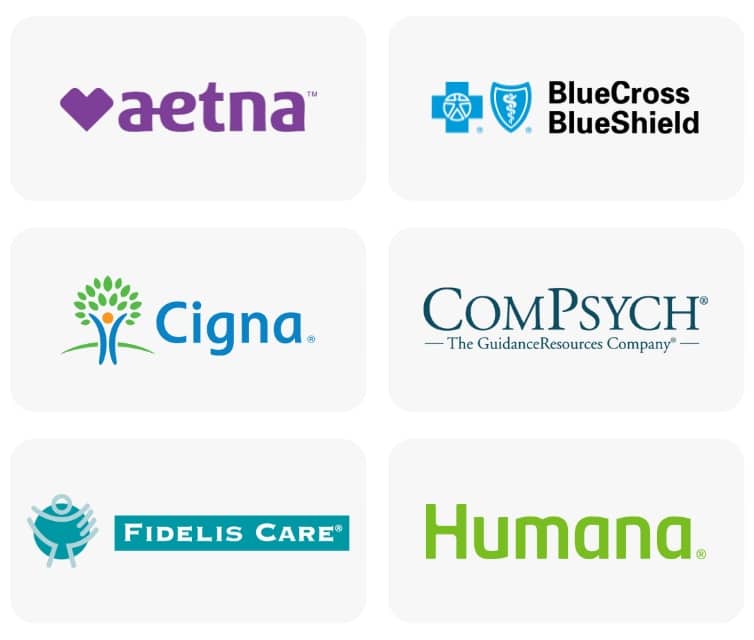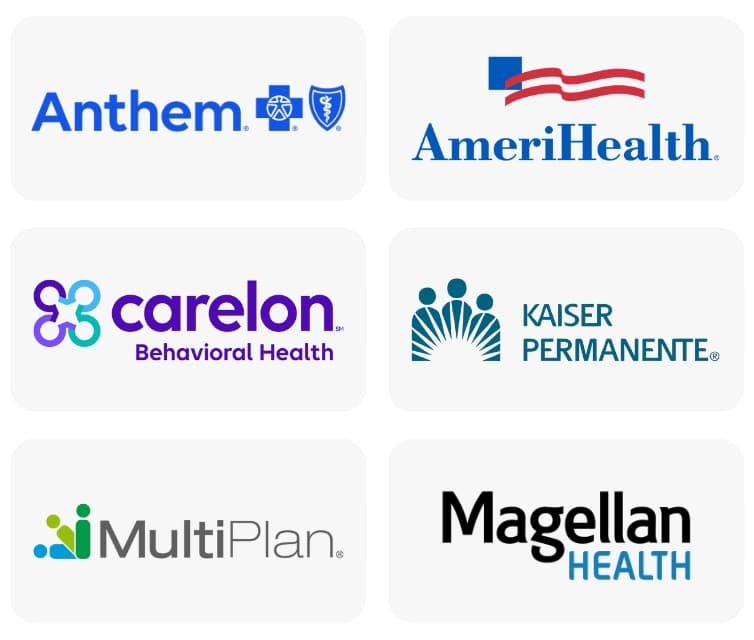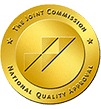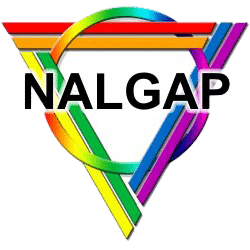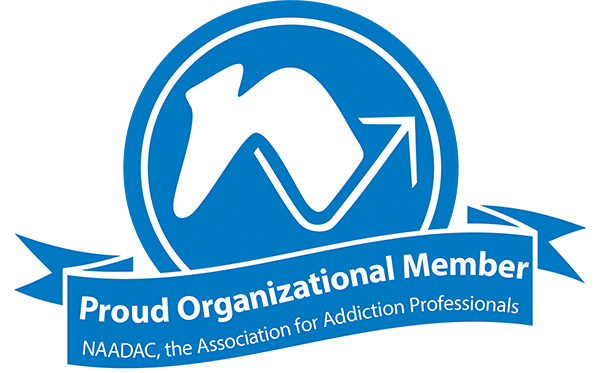Skip To Section
Expressive arts therapy is a creative approach to healing that combines various forms of artistic expression, including visual art, music, dance, and writing. This therapeutic method allows individuals to explore their emotions and experiences in a non-verbal way, making it especially beneficial for those who find it challenging to articulate their feelings. By engaging in expressive arts therapy, clients can access deeper parts of themselves, uncovering repressed emotions and fostering personal growth.
Expressive arts therapy encompasses a variety of creative modalities, including art therapy, music therapy, journal therapy, and dance/movement therapy. Each of these expressive therapies allows individuals to explore their emotions and experiences through different forms of artistic expression. For instance, art therapy uses visual art to help clients communicate feelings that may be difficult to express verbally, while music therapy incorporates sound and rhythm to promote emotional healing. Journal therapy encourages self-reflection through writing, and dance/movement therapy utilizes physical movement to express emotions and release tension. Together, these expressive arts create a holistic therapeutic experience that fosters personal growth and healing. Moreover, this form of therapy is often used in mental health treatment and addiction recovery, providing a safe space for self-discovery and emotional release.

What Is Expressive Arts Therapy?
The definition of expressive arts therapy encompasses a range of creative modalities designed to promote healing and self-exploration. It integrates various artistic practices to help individuals express their thoughts and feelings in a supportive environment. Expressive therapy can include activities like painting, music-making, dance, and writing, allowing clients to communicate beyond words. This approach is particularly effective for those dealing with trauma, anxiety, or depression, as it encourages clients to process their experiences through creativity. An expressive arts therapist will facilitate these sessions, guiding clients through the therapeutic process while respecting their unique journeys. Working with a professional art therapist can make all the difference in recovery and make the benefits of expressive arts therapy more obvious.
Types of Expressive Arts Therapies
Expressive arts therapy encompasses a variety of creative modalities that help individuals communicate their emotions and experiences in unique ways. Each type of expressive therapy offers distinct benefits, allowing clients to explore their feelings through different forms of artistic expression. Below are some of the primary types of expressive and creative art therapies:
Art Therapy
Art therapy involves using visual art forms, such as painting, drawing, and sculpture, to express emotions and process experiences. Clients are encouraged to create artwork that reflects their inner thoughts, which can help them gain insights into their feelings and experiences. This non-verbal approach is particularly beneficial for those who find it difficult to articulate their emotions through words.
Music Therapy
Music therapy utilizes music as a therapeutic tool to promote healing and emotional expression. This can include listening to music, songwriting, or playing instruments. Through these activities, clients can explore their feelings and improve their mood while also enhancing cognitive function and social skills. Music therapy is effective for individuals dealing with stress, anxiety, and trauma.
Writing Therapy
Writing therapy encourages individuals to express themselves through written words, whether in the form of journaling, poetry, or storytelling. This form of therapy helps clients process their thoughts and emotions by putting them on paper. Writing can be a powerful way to reflect on experiences, gain clarity, and foster personal growth.
Dance/Movement Therapy
Dance/movement therapy focuses on using physical movement as a means of expression and healing. Clients engage in dance or movement activities that allow them to connect with their bodies and emotions. This type of therapy promotes self-awareness and emotional release, making it particularly effective for those who may struggle with verbal communication.
Each of these expressive and creative art therapies provides valuable opportunities for self-exploration and emotional healing, helping individuals navigate their personal challenges in creative ways.
"*" indicates required fields
Fill out the form below and one of our admissions team members will reach out to you:
"*" indicates required fields
Benefits of Expressive Arts Therapy
Engaging in expressive arts therapy offers numerous benefits for individuals seeking healing. This form of therapy encourages self-expression and creativity, helping clients tap into emotions that may be difficult to verbalize. By participating in expressive arts therapy programs, clients can experience reduced anxiety and improved mood as they channel their feelings into creative outlets. Additionally, this therapeutic approach fosters mindfulness and relaxation, promoting overall well-being. Clients also gain valuable insights into their emotional states and develop coping strategies that can be applied in daily life.
What Does Expressive Arts Therapy Help With?
Expressive arts therapy helps individuals address a variety of emotional and psychological challenges. It is effective for managing anxiety, depression, trauma, and stress by providing a creative outlet for self-expression. This therapy also aids in improving self-esteem and enhancing emotional regulation. Additionally, expressive arts therapy can support those dealing with grief, relationship issues, and addiction recovery by fostering personal insight and resilience. By engaging in artistic activities, clients can process their feelings in a safe environment, promoting healing and personal growth.
Expressive Arts Therapy for Substance Abuse
Expressive arts therapy can be a powerful tool in treating substance abuse by providing individuals with creative outlets to express their emotions and experiences. Through activities like art, music, and writing, clients can explore the underlying issues related to their addiction, such as trauma or stress. This therapeutic approach fosters self-reflection, enhances coping skills, and promotes emotional healing, ultimately supporting individuals on their journey to recovery. Individuals may find additional help through recovery support groups and mindfulness art therapy activities.
Expressive Arts Therapy for Mental Health Disorders
According to the American Art Therapy Association, art therapy “is a mental health profession that enriches the lives of individuals, families, and communities through active art-making, creative process, applied psychological theory, and human experience within a psychotherapeutic relationship.”
The practice is beneficial for individuals dealing with various mental health disorders, including anxiety, depression, and PTSD. By engaging in creative processes, clients can safely express their feelings and thoughts that may be difficult to articulate verbally. Expressive arts therapy encourages self-discovery and emotional processing, helping individuals develop healthier coping mechanisms and improve their overall mental well-being. The non-judgmental environment fosters a sense of safety and empowerment, promoting healing and personal growth.
Healing in Expressive Arts Therapy
At Footprints to Recovery, we specialize in tailored addiction treatment that meets your individual needs. Our compassionate team is committed to guiding you through every step of the process, equipping you with the necessary tools for sustainable recovery. Don’t hesitate—reach out to explore your options and kickstart your healing journey today. Your path to renewal and hope begins here.
- Expressive Art Therapy – an overview | ScienceDirect Topics
- Expressive Arts Therapy – ScienceDirect
- Arts-based therapies, practices, and interventions in health – NIH
- Expressive therapies: music, art, and sandplay – ScienceDirect
- Transforming Illness and Visual Art – ScienceDirect
- Community-based art therapy and community arts – ScienceDirect
- Writing Technique Across Psychotherapies—From Traditional Expressive Writing to New Positive Psychology Interventions: A Narrative Review – NIH
- Role of Art Therapy in the Promotion of Mental Health: A Critical Review – PMC
- Music in the moment: The use of a musical intervention to impact state experiences – ScienceDirect
- Music and Health: What the Science Says | NCCIH
- Music as medicine – APA
- Effects of Dance Movement Therapy and Dance on Health-Related Psychological Outcomes. A Meta-Analysis Update – PMC
- Art therapy as a therapeutic resource integrated into mental health programmes: Components, effects and integration pathways – Science Direct
- Chapter 3: The acceptability and relative benefits and potential harms of art therapy: qualitative systematic review – NIH
- The Use of Art and Music Therapy in Substance Abuse Treatment Programs – NIH
- Art Therapy: A Complementary Treatment for Mental Disorders – NIH
Our admissions team is available 24/7 to listen to your story and help you get started with the next steps.
